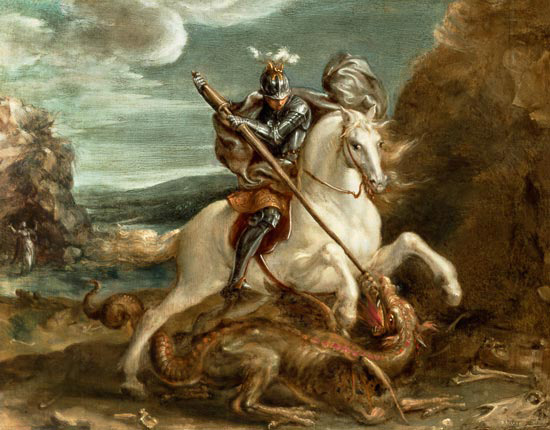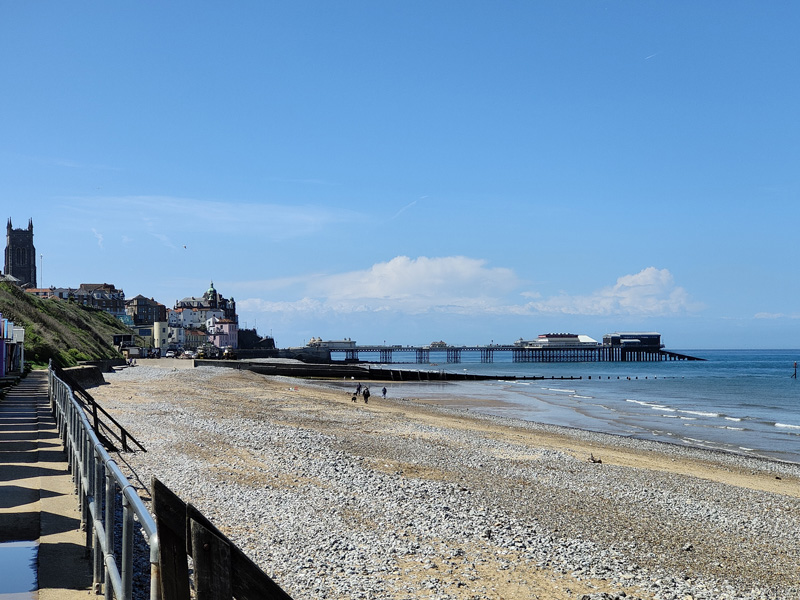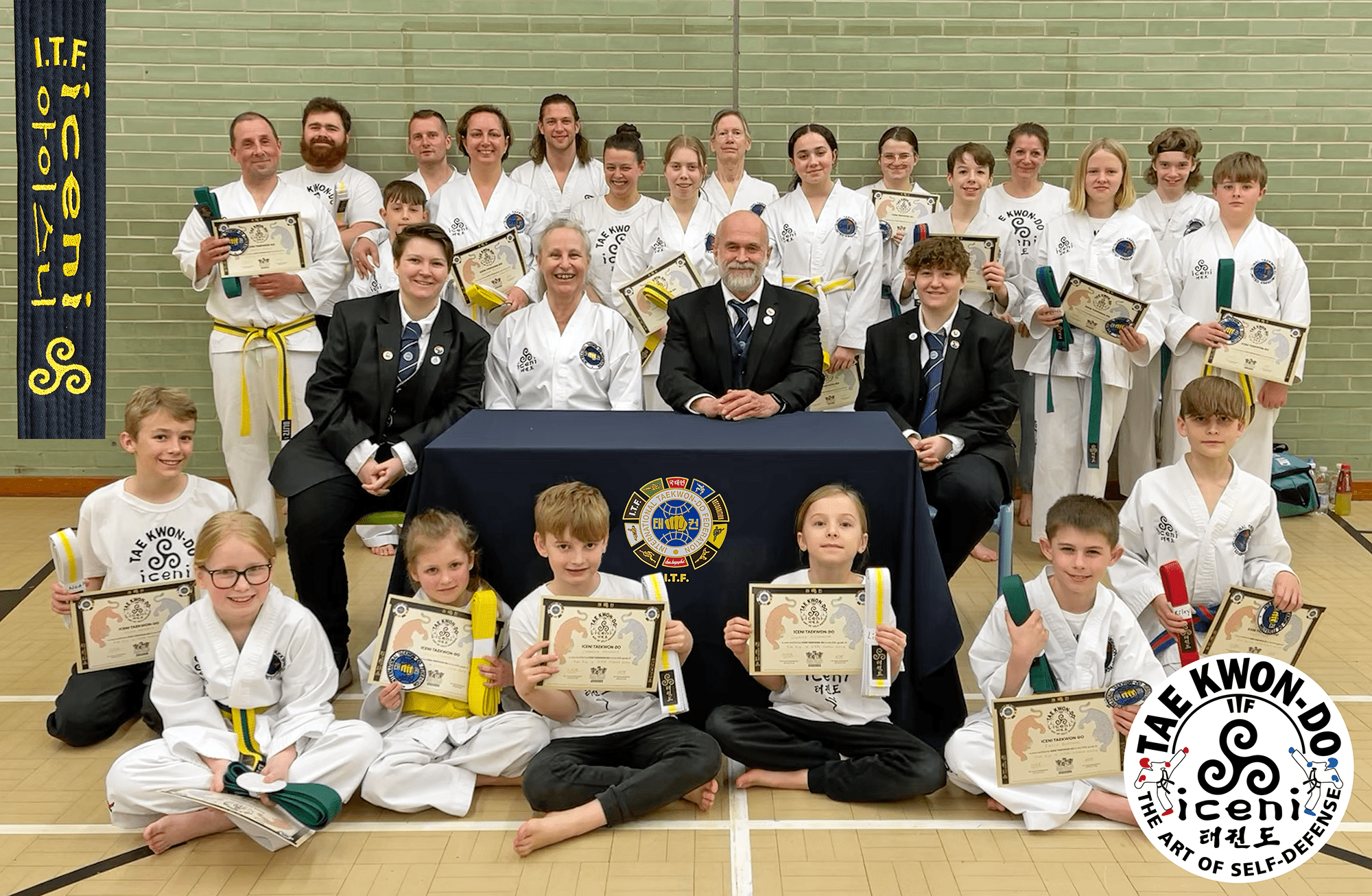>August Events / >July Events / >June Events / >September Events / Art & Theatre / Events in Norfolk and Suffolk / exhibitions / Then & Now / Tourist Attractions Norfolk and Suffolk August 15, 2018
The Paston Treasure: Riches and Rarities of the Known World
at
Norwich Castle Museum & Art Gallery
23 June – 23 September 2018
A major exhibition organized in partnership with the Yale Center for British Art, New Haven, CT. Brings together rare works of art originally featured in an enigmatic painting which chronicles one of the greatest private art collections of seventeenth century England.
“The painting is not just a typical seventeenth century still life, but the key to unlocking a fascinating, dramatic and ultimately tragic story: of a family, a collection, and a great house.”
The Paston Treasure: Riches and Rarities of the Known World is a major exhibition, organized in partnership with the Yale Center for British Art, New Haven, CT USA, which opens at Norwich Castle Museum & Art Gallery on 23 June 2018 (until 23 September).
Central to the exhibition is a large (1668 x 2475mm), mysterious oil painting, dating from circa 1665 by an unknown artist. Entitled The Paston Treasure, the painting’s unique and cryptic subject has mesmerized and puzzled art scholars and historians world-wide for centuries. A visually stunning work of art, it dazzles us with a lavish display of gold and silver, exotic objects, musical instruments, fruits and flowers, a lobster, a monkey and a parrot, in addition to portraits of a young girl and an African youth.
The treasures depicted in the painting represent a fraction of what was one of the most remarkable, privately assembled cabinets of rarities andcuriosities in seventeenth century England, owned by a famous Norfolk family – the Pastons, whose country seat was Oxnead Hall outside Norwich. The Paston Treasure was clearly commissioned to promote the family’s wealth and sophisticated artistic taste.
Taking the painting as the starting point, curators from Norwich Castle together with art historians from the Yale Center for British Art in New Haven, USA, have created a fascinating exhibition focusing on the art works and objects that feature in the perplexing painting and the questions it presents. The exhibition is the culmination of five years of intense collaborative research involving numerous experts in a wide variety of artistic disciplines and has resulted in several exciting discoveries.
Miraculously five of the actual objects from the original painting survive and for the first time in three centuries these significant works will be reunited with the painting.
These include a pair of silver-gilt flagons, a Strombus shell cup, two unique nautilus cups and a mother of pearl perfume flask.
These extraordinary survivors will be supplemented by other items such as musical instruments, rare timepieces, a globe, plus jewels, history specimens, miniatures and sculptures replicating other riches featured in the painting and the collection. Prestigious international lenders to the exhibition include the Metropolitan Museum of Art, New York, the Rijksmuseum, Amsterdam, Chicago Institute of Art, the Victoria and Albert Museum, the Royal Collection and many others.
At its zenith the Paston collection, listed in surviving archives, ran to hundreds of spectacular works of art and was of a scale and grandeur that could have graced a royal palace. Hardly anyone in England at that time, royalty included, had collections that came close.
Sadly however the Pastons and their magnificent collection were doomed and the painting proves eerily prophetic. It shows us far more than just a straightforward ostentatious display of riches. There are strong hints that all is not as it seems. The artist includes many motifs – flowers, fruit, clocks, a guttering candle, symbolising time, vanity, and death.
The Pastons over-reached themselves hugely both in their spending and their ambitions and within less than a century were bankrupt. By the 1730s the collection was sold, the male line had died out and their magnificent home, Oxnead Hall, where they once entertained King Charles II, fell into disuse. Only one third of the house now remains.
Francesca Vanke, Keeper of Art and Curator of Decorative Art at Norwich Castle Museum, and curator of the exhibition at Norwich together with Andrew Moore, Guest Curator, said: This exhibition will be a truly once-in-a-lifetime event. It will tell both a very Norfolk story and a genuinely international one. The painting is not just a typical seventeenth century still life, but the key to unlocking a fascinating, dramatic and ultimately tragic story: of a family, a collection, and a great house. The first clues to the story are in this painting. They open up a world we never knew existed, for which evidence is scattered worldwide.This exhibition, the result of years of research, brings everything together”.
Councillor John Ward, Chairman of Norfolk County Council Joint Museums Committee said: “This exhibition will shine a light on one of Norfolk’s most important art treasures. The Paston Treasure exhibition will bring to life a time in history when international trade and travel were becoming more extensive, bringing the world to these shores in a way not seen before. Norfolk remains an outward looking County, and so it’s fitting that this exhibition has been made possible by our collaboration with the Yale Center for British Art. This is a milestone exhibition for Norfolk and deserves to draw audiences from as far afield as the marvellous objects it brings together.”
The exhibition, comprising a total of more than 130 objects sourced from a host of national and international museums and private collections provides an extraordinary glimpse into what was undisputedly one of the most splendid treasure houses to have ever existed in this country.
NOTES:
The Paston Treasure: Riches and rarities of the known world
23 June – 23 September 2018
Norwich Castle Museum & Art Gallery
Castle Hill
Norwich
NR1 3JU
Tel. +44 (0)1603 495897 www.museums.norfolk.gov.uk
–
About the Paston Family:
The first known records of the Paston family date to the late 13th and early 14th centuries. The family must have originated from the village of Paston about 20 miles / 32kms north of the City of Norwich. From quite humble peasant origins, by the time the Paston Treasure painting was commissioned, the family were among the wealthiest and most powerful landowners in the county.
William Paston (1528–1610) was knighted in 1578 and founded the Paston grammar-school at North Walsham (where the young Horatio Nelson attended) and made Oxnead Hall, near Norwich, the family’s principal residence. It was at Oxnead that the Paston’s remarkable collection of treasures was housed.
Christopher Paston was Sir William’s son and heir, and Christopher’s grandson, another William (d. 1663), was created a baronet in 1642. William travelled extensively through Europe between 1638 and 1639 going as far as Jerusalem. He acquired many treasures on his travels, which were then sent back to Oxnead. William’s son Robert (1631–1683), who was a member of parliament from 1661 to 1673, inherited the title and was subsequently created Earl of Yarmouth in 1679.
It was Robert’s daughter Margaret Paston whose portrait is most likely included in the painting. Margaret like her father was fascinated by alchemy and against her parents’ wishes, but due to an inheritance from her grandfather, eloped with the Italian ambassador in the 1670s to Venice where she established her own alchemical workshop specializing in pharmacology.
Robert’s son William (1652–1732) the second earl, married a daughter of Charles II. When he died in 1732, with no male heir, the Paston titles became extinct and the land and Paston treasures were sold off.
About the painting:
Which of the Pastons commissioned the painting is not known. It might have been Sir William Paston (1610-1662/3) or his son Robert Paston, who later became the first Earl of Yarmouth (1631-1683). Likewise not much is known about the artist other than he or she was highly accomplished. The painting’s style and genre are very much in the Low Countries mode – hence the artist was probably Dutch. Current research suggests a date for the picture no later than the first half of the 1660s.
The painting was donated to Norwich Castle in 1947 by a member of the Buxton family, who were also originally from Norfolk. The bequest also included several other seventeenth century items, some with definite and others with likely Paston provenance, some of which are also included in the exhibition. There is a record that the Buxton family purchased artefacts from one of the sales held at Oxnead Hall in the early eighteenth century, when the Pastons were rapidly heading for bankruptcy. Though the individual items from that sale were not listed, it seems most likely these objects were included and thus stayed in the Buxton family for more than 240 years.
Technical Analysis and Conservation:
The painting has undergone considerable technical analysis in an attempt to shed some light on its existence. Conventional x-ray examination undertaken between 2005 and 2006 under the direction of Spike Bucklow, Reader in Material Culture, Cambridge University, with Jessica David, now Associate Conservator of Paintings at the Yale Center for British Art revealed that under the diamond shaped clock in the upper right hand of the painting, the artist first incorporated a large silver dish which was then replaced with a portrait of an unidentified lady.
In 2007 the painting underwent lengthy and comprehensive conservation. This was followed in 2015 by the re-gilding of the original, contemporary frame, which was made possible as a result of a successful local crowdfunding initiative, Art Happens, organized by the Art Fund.
In April 2016 further highly sophisticated computerized investigation of the pigment was undertaken in a collaborative venture with the University of Catania, Sicily. This has provided evidence as to the degree of fading and colour transformation, in addition to indicating how the artist applied the paint to the canvas and in what order. This is all explained in the accompanying film.
Accompanying film:
A film entitled The Paston Treasure: A Vanitas Still Life brought to Life in Film (produced by Cultureshock Media, narrated by Stephen Fry and set to music by Griffin Brown, TC’18) will vividly explain the complicated process of the technological analysis undertaken on the painting and how the new research is helping scholars to better understand this increasingly intriguing painting.
https://britishart.yale.edu/multimedia-video/27/6516
Associated book:
The exhibition is accompanied by a book, entitled, The Paston Treasure: Microcosm of the Known World co-edited by Andrew Moore, Nathan Flis and Francesca Vanke. The book is underwritten by the Richard C. von Hess Foundation and published by the Yale Center in association with Yale University Press. The book presents essays written by art historians, historians and social commentators on a range of subjects associated with the painting including art history, musicology, the history of collections, the history of science and the broader social and cultural history of the seventeenth century. http://yalebooks.co.uk/results.asp?NAT=false&sort=%24rank&SF1=keyword&ST1=paston+treasure
The exhibition at the Yale Center:
A slightly different version of the exhibition entitled The Paston Treasure: Microcosm of the Known World is currently on view at the Yale Center until 27 May 2018.
The organizing curator at the Yale Center for British Art is Nathan Flis, Head of Exhibitions and Publications, and Assistant Curator of Seventeenth Century Paintings. The co-organizing curator at the Center is Edward Town, Head of Collections Information and Access and Assistant Curator of Early Modern Art.
The Yale Center for British Art houses the largest collection of British art outside the United Kingdom. Presented to the university by Paul Mellon (Yale College, Class of 1929), the collection reflects the development of British art and culture from the Elizabethan period onwards. The Center’s collections include more than 2,000 paintings, 250 sculptures, 20,000 drawings and watercolours, 40,000 prints and 35,000 rare books and manuscripts. More than 40,000 volumes supporting research in British art and related fields are available in the Center’s Reference Library.
The exhibition at Norwich Castle Museum & Art Gallery:
The exhibition is supported by the East Anglia Art Fund:
East Anglia Art Fund:
The East Anglia Art Fund (EAAF) is dedicated to enriching cultural life in East Anglia by supporting the best in exhibitions and art education.
About Norwich Castle Museum & Art Gallery Norwich Castle Museum & Art Gallery is part of Norfolk Museums Service, a multi-award winning service comprising ten museums and a study centre. NMS is now regarded as one of the leaders in the museum sector and in 2017 was successful in its bid for continuing major investment from Arts Council England. From April 2018, NMS will be a National Portfolio Organisation for Arts Council England, one of only 45 out of 845 heritage and arts organisations in England to be awarded the highest level of support. Norfolk Museums Service is a partnership between Norfolk County Council and Norfolk’s district councils, funded through council tax, earned income and grants.
Recent world class exhibitions held at Norwich Castle Museum & Art Gallery:
The Wonder of Birds – 2014
Homage to Manet – 2015
Artist Rooms: Jeff Koons – 2016
British Art Show 8 – 2016
Fishermen & Kings: The photography of Olive Edis – 2016
Nelson & Norfolk – 2017
Rembrandt: Lightening the Darkness – 2017









